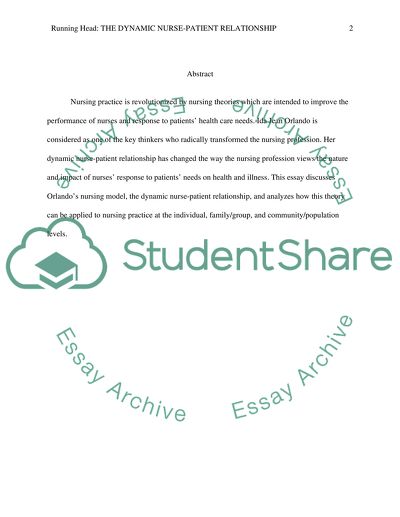Cite this document
(“The Dynamic Nurse-Patient Relationship Essay Example | Topics and Well Written Essays - 1500 words”, n.d.)
The Dynamic Nurse-Patient Relationship Essay Example | Topics and Well Written Essays - 1500 words. Retrieved from https://studentshare.org/nursing/1472981-the-dynamic-nurse-patient-relationship
The Dynamic Nurse-Patient Relationship Essay Example | Topics and Well Written Essays - 1500 words. Retrieved from https://studentshare.org/nursing/1472981-the-dynamic-nurse-patient-relationship
(The Dynamic Nurse-Patient Relationship Essay Example | Topics and Well Written Essays - 1500 Words)
The Dynamic Nurse-Patient Relationship Essay Example | Topics and Well Written Essays - 1500 Words. https://studentshare.org/nursing/1472981-the-dynamic-nurse-patient-relationship.
The Dynamic Nurse-Patient Relationship Essay Example | Topics and Well Written Essays - 1500 Words. https://studentshare.org/nursing/1472981-the-dynamic-nurse-patient-relationship.
“The Dynamic Nurse-Patient Relationship Essay Example | Topics and Well Written Essays - 1500 Words”, n.d. https://studentshare.org/nursing/1472981-the-dynamic-nurse-patient-relationship.


